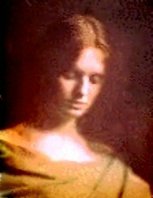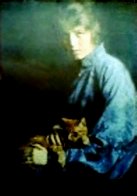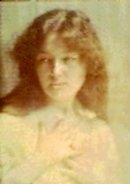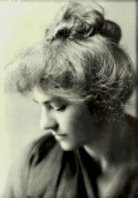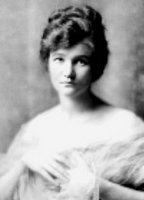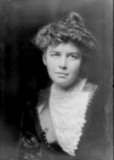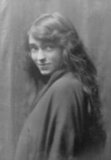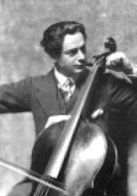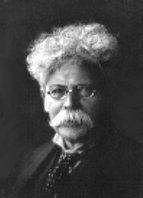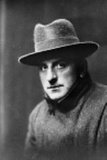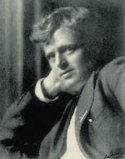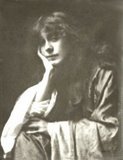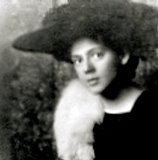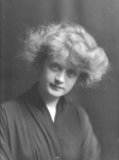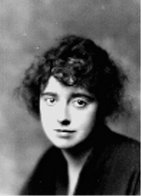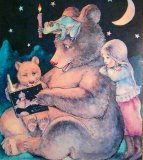Wednesday, May 24, 2006
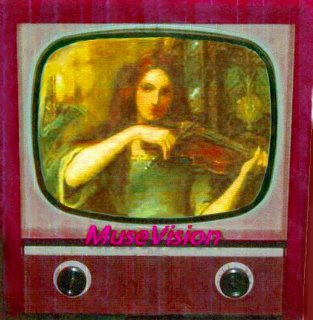
Welcome Readers! MuseVision's May Edition is here, rather belatedly it seems. This month shines the spotlight on photographer, Arnold Genthe(1869-1942). There are three videos of Genthe's work. One is a romantic color collection made with music of Tchaikovsky. The second one contains photos, mostly Edwardian in appearance, and Scott Joplin contributes the music for that one. The third video is another collection of Genthe portraits from slightly later in the century. This one is accompanied by some of Maurice Ravel's String Quartet. He only wrote one, and it's a Lion. One more video rounds out the series. A short number called "Queen of the May" with music by Pachelbel and Purcell performed by our own MuseVision Trio. May Queens, May Pageants, Maypole festivities - it's all there on the video. Don't forget to browse April's offering if you missed it last month. Anita Louise, among others is still playing, and has produced some favorable comments. Enjoy! Finally, scroll down to Cool Scannings for a really cute print of a bear - only this bear is reading a book and is surrounded by his friends. See you next month for some more eccentric stuff.
 Most of the photos shown here and used in the Videos can be found in the Library of Congress Prints and Photographs Online. Genthe donated a large amount of his work to the Library, and it is quite a wonder to see it . Someday, I hope they make it possible to download pictures with higher resolutions, but even that can't detract from the pleasure of searching the site online.
Most of the photos shown here and used in the Videos can be found in the Library of Congress Prints and Photographs Online. Genthe donated a large amount of his work to the Library, and it is quite a wonder to see it . Someday, I hope they make it possible to download pictures with higher resolutions, but even that can't detract from the pleasure of searching the site online.Tuesday, May 23, 2006
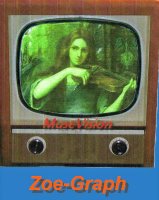

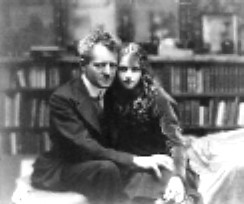
In the years before the
One thing that is striking in a Genthe portrait is that it is unique and special. He was not an imitator, but an innovator. He possessed a great gift for making portraits that revealed something special about the subject– something even the person themselves may not have known. One hears people refer to photo portraits as being “natural”, or the subject being “at ease”, for example, but Genthe took it all a step further. A great portrait photographer must know every photographic technique and technology, but that knowledge alone is not going to produce excellent results. The subject has to be led to find just the right moment when the shutter is snapped. My own viewpoint favors the idea that
He was known to have had great success photographing women. If you examine the best of these portraits, you will notice that the women look like stunning individuals, whether or not their surface beauty is apparent. They look like people one would like to have as friends. They appear to have an inner radiance even though still holding something in reserve. Surely Genthe was able to “let” them be themselves and then sensed the right moment to complete the picture. Even the partially clad or fully nude subjects seem to have the same individualistic quality. In these photos, there seems to be no trace either of uncomfortable self- consciousness, excessive prudery, or distracting ribaldry.
If you would permit me to digress momentarily, I would like to explain my interest in the way Arnold Genthe treats women’s portraits as opposed to men’ portraits. I believe that he saw the purpose of portraiture for women as that of revealing the heart. It seems that he was trying to depict the mysterious loving heart of his female subjects. You can scour the collection and find many examples of where he succeeded. In the absence of success, all you have is a pretty face, or worse, a haughty selfish face. The men of Genthe’s collection are equally interesting. It could be said that a man is most manly when he is representing some truth or passionately pursuing and defending it. In
Genthe moved to
Genthe replied, “Of this I am sure – that I have never been bored and I daresay I have had as much out of life as is coming to any man”.
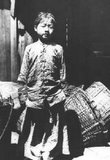 San Francisco, Chinatown
San Francisco, Chinatown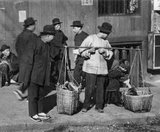 San Francisco, Chinatown
San Francisco, Chinatown San Francisco Earthquake and Fire, 1906
San Francisco Earthquake and Fire, 1906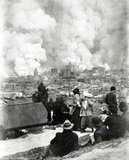 San Francisco Earthquake and Fire, 1906
San Francisco Earthquake and Fire, 1906 
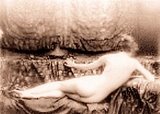 Silent film star, Eleanor Boardman, in a classic art-school pose.
Silent film star, Eleanor Boardman, in a classic art-school pose.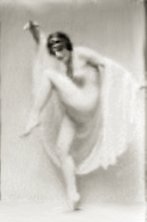 Dancer, Hilda Beyer
Dancer, Hilda Beyer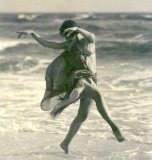 Dancer, Isadora Duncan
Dancer, Isadora Duncan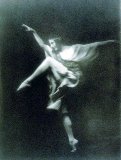
 Prima Ballerina, Anna Pavlova
Prima Ballerina, Anna Pavlova